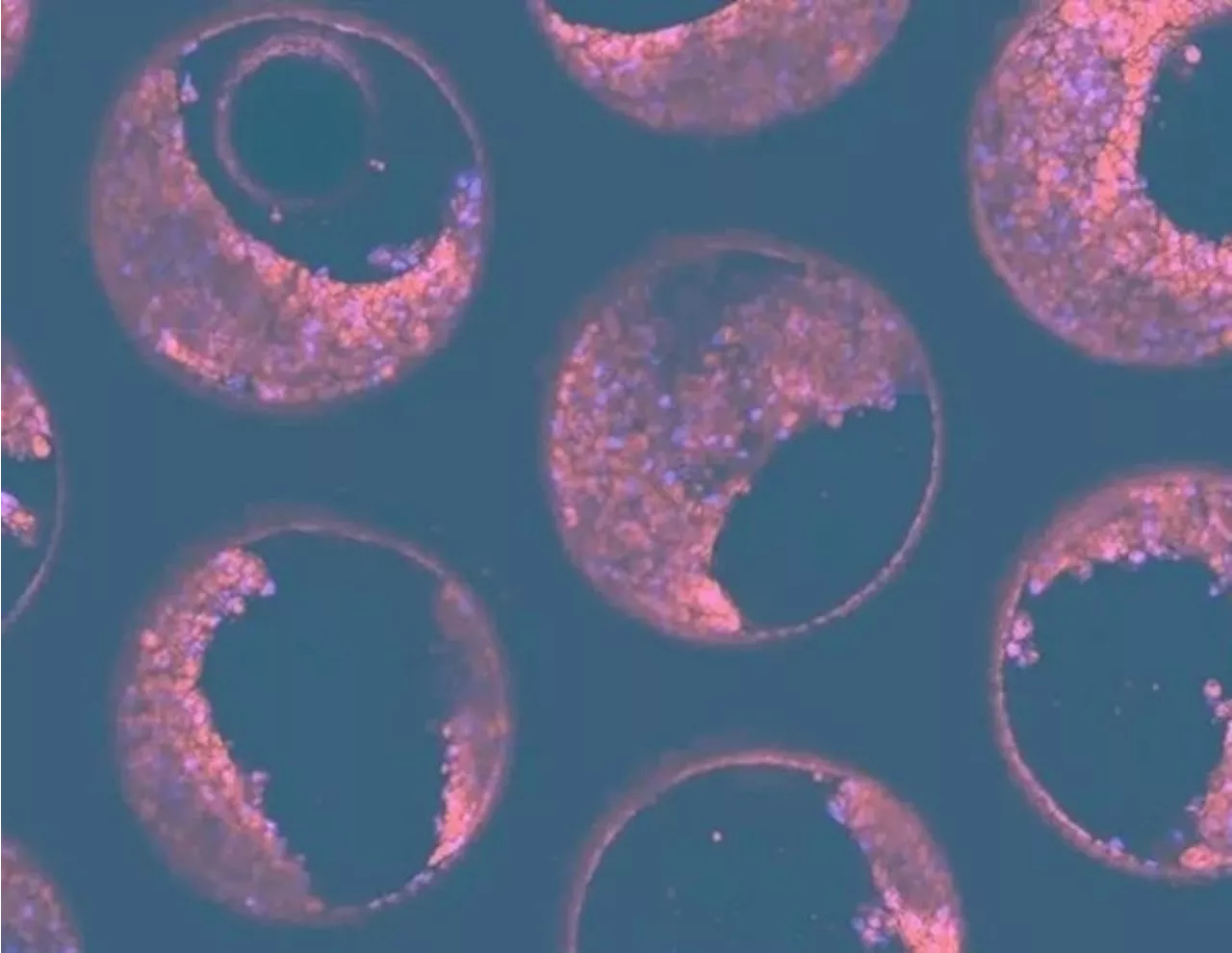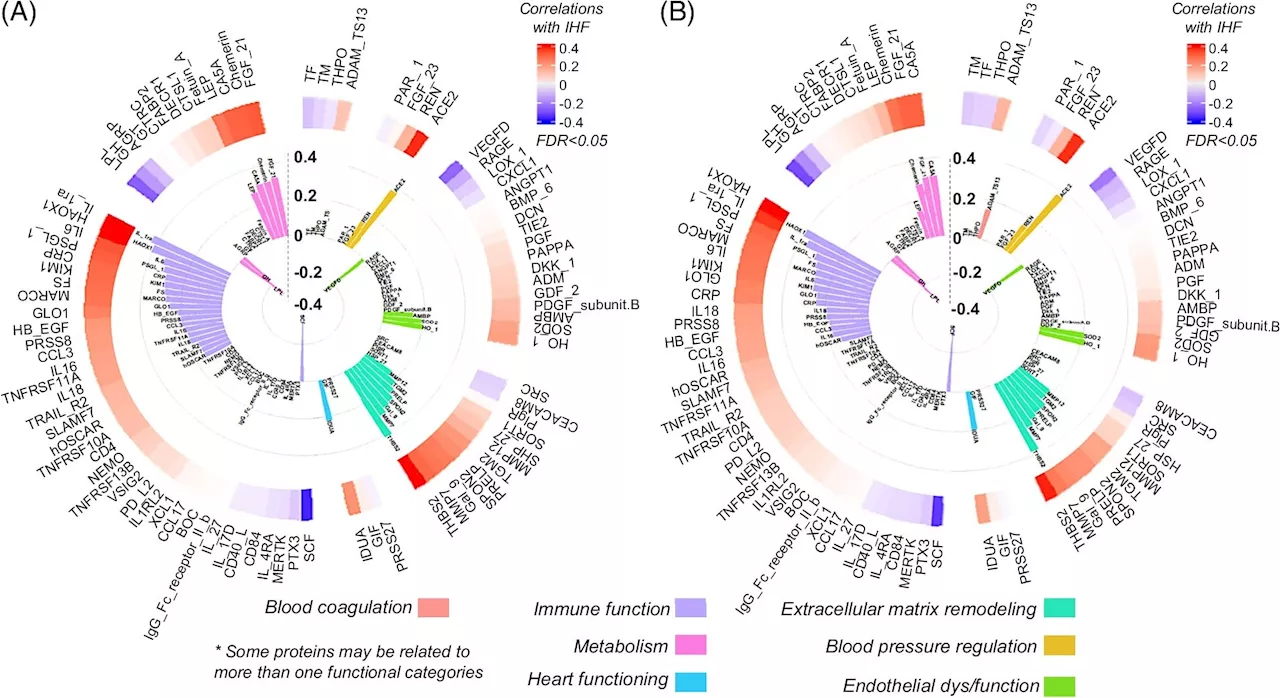This article explores high-content imaging and a 3D bio-printed liver model for the evaluation of the toxicity effects of compounds.
Sponsored Content by Molecular Devices UK LtdJun 5 2024Reviewed by Aimee Molineux The effectiveness of non-clinical drug safety predictions is enhanced by the adoption of three-dimensional cellular models. 3D bioprinting enables the generation of complex models with spatial control and a variety of matrices, allowing the formation of complex tissue structures.
Z-stack images were acquired with 4X or 10X objectives for the liver tissue models using confocal mode. MetaXpress software was used for all analyses. The 3D HepG2 models were cultured and monitored daily via transmitted light imaging. Later, these models were treated with a panel of drugs of known liver toxicity, including chloroquine, haloperidol, pimozide, taxol, doxorubicin, cisplatin and mitomycin.
TSIM software was used to design the array patterns in 96-well plate format. These were then printed and laid with cells mixed in collagen I. These were monitored for four days before further drug treatments and imaging. Figure 3. HepG2 3D cell model confocal images, 4X single site image , and their representative live analysis masks generated by MetaXpress software A) Untreated control, B) Haloperidol , C) Rotenone . The control wells had more HepG2 cells and lower cell death, whereas the treated cells had more red-stained cells and a lower number of live cells, indicating cell death.
This entire workflow may be automated using the BAB400 BioApps Player solution. Figure 5 displays a composite image of three stains: Calcein AM, Ethidium homodimer – III and Hoechst 33342. Summary Comparison of 2D and 3D HepG2 assays revealed compound effects at lower concentrations in 2D systems compared with 3D, demonstrating differences in compound responses between 2D and 3D assay formats.
Deutschland Neuesten Nachrichten, Deutschland Schlagzeilen
Similar News:Sie können auch ähnliche Nachrichten wie diese lesen, die wir aus anderen Nachrichtenquellen gesammelt haben.
 How a liver-on-a-chip model of fatty liver disease could assist in preventing a global healthcare crisisThis article explores how a liver-on-a-chip model of fatty liver disease could help in preventing a globalhealthcare crisis.
How a liver-on-a-chip model of fatty liver disease could assist in preventing a global healthcare crisisThis article explores how a liver-on-a-chip model of fatty liver disease could help in preventing a globalhealthcare crisis.
Weiterlesen »
 Research says pomegranates could offer a solution to fatty liver diseaseResearchers at Edith Cowan University (ECU) are investigating the effects ellagic acid, an antioxidant found in some fruits and vegetables, could have on halting and potentially reversing the damage caused by fatty liver disease.
Research says pomegranates could offer a solution to fatty liver diseaseResearchers at Edith Cowan University (ECU) are investigating the effects ellagic acid, an antioxidant found in some fruits and vegetables, could have on halting and potentially reversing the damage caused by fatty liver disease.
Weiterlesen »
 Proteomic signatures may indicate MRI-assessed liver fatNew findings from the DIRECT PLUS, 18-month-long lifestyle intervention trial underscores the potential to observe and signify alterations of MRI-assessed liver fat with proteomics according to new research from Ben-Gurion University of the Negev.
Proteomic signatures may indicate MRI-assessed liver fatNew findings from the DIRECT PLUS, 18-month-long lifestyle intervention trial underscores the potential to observe and signify alterations of MRI-assessed liver fat with proteomics according to new research from Ben-Gurion University of the Negev.
Weiterlesen »
 Woman may lose liver after 'catching hepatitis' on easyJet holidayOlivia, 28, ended up in hospital where doctors fought to save her kidneys and liver
Woman may lose liver after 'catching hepatitis' on easyJet holidayOlivia, 28, ended up in hospital where doctors fought to save her kidneys and liver
Weiterlesen »
 Childhood sedentariness may cause premature liver damage in young adulthoodChildren who are sedentary for more than six waking hours a day have a significantly increased risk of severe fatty liver disease and liver cirrhosis by young adulthood, a new study finds.
Childhood sedentariness may cause premature liver damage in young adulthoodChildren who are sedentary for more than six waking hours a day have a significantly increased risk of severe fatty liver disease and liver cirrhosis by young adulthood, a new study finds.
Weiterlesen »
 Childhood inactivity linked to increased risk of liver disease by young adulthoodChildren who are sedentary for more than six waking hours a day have a significantly increased risk of severe fatty liver disease and liver cirrhosis by young adulthood, a new study finds.
Childhood inactivity linked to increased risk of liver disease by young adulthoodChildren who are sedentary for more than six waking hours a day have a significantly increased risk of severe fatty liver disease and liver cirrhosis by young adulthood, a new study finds.
Weiterlesen »
